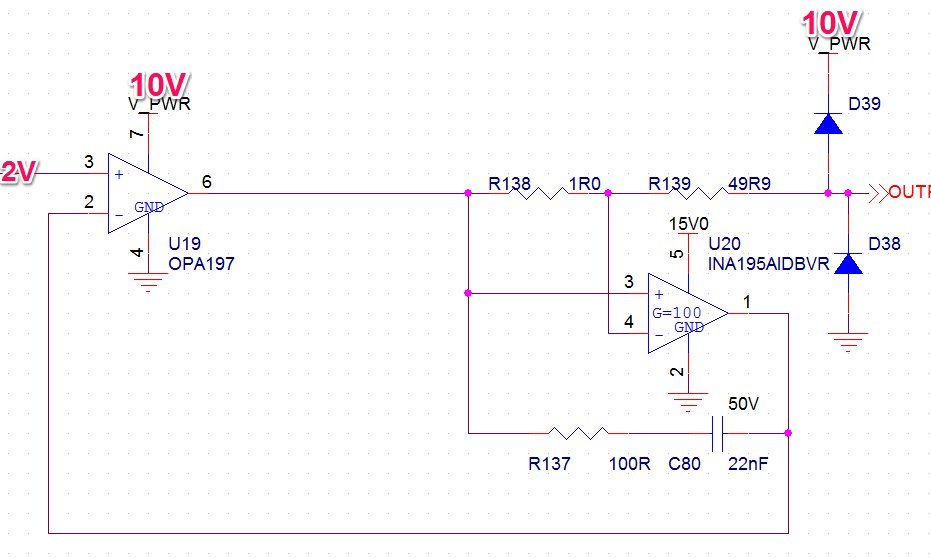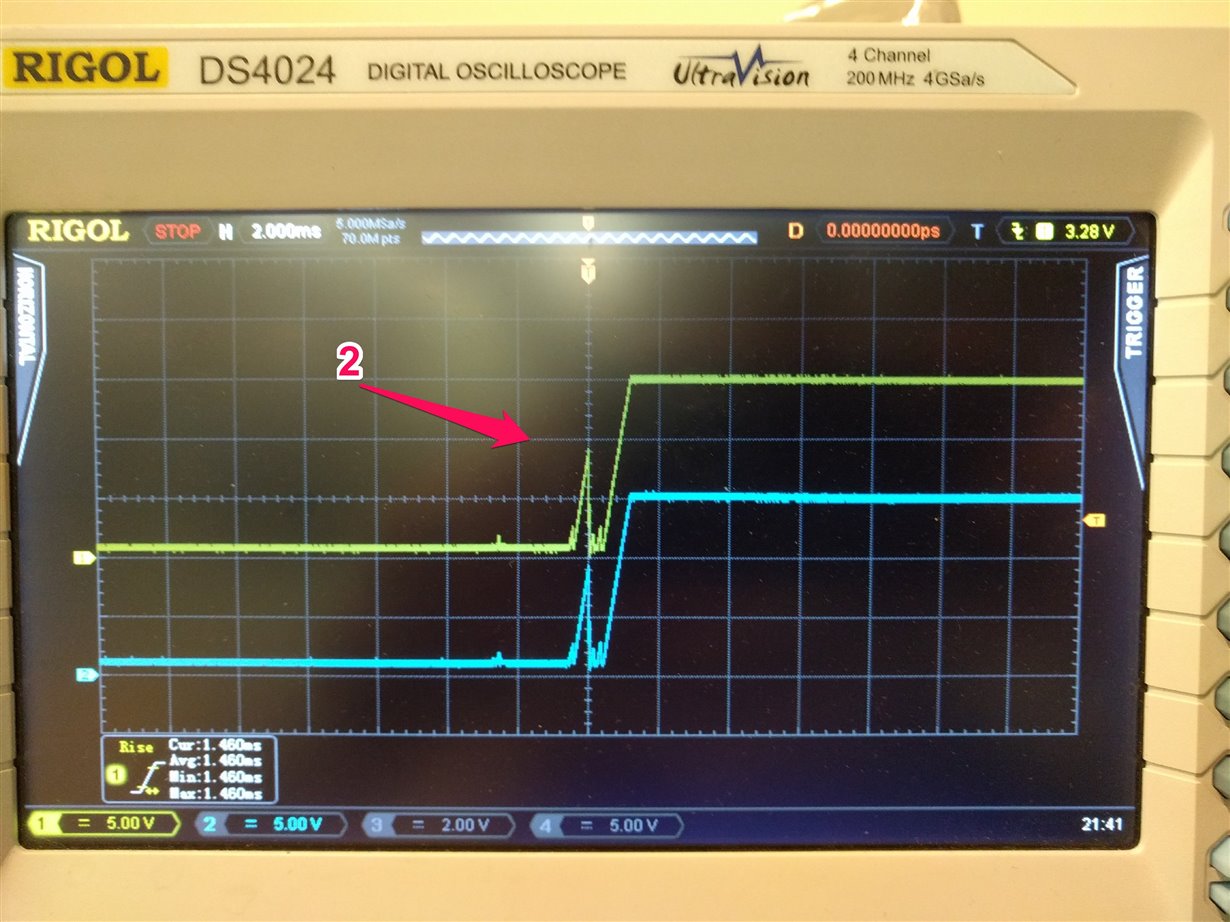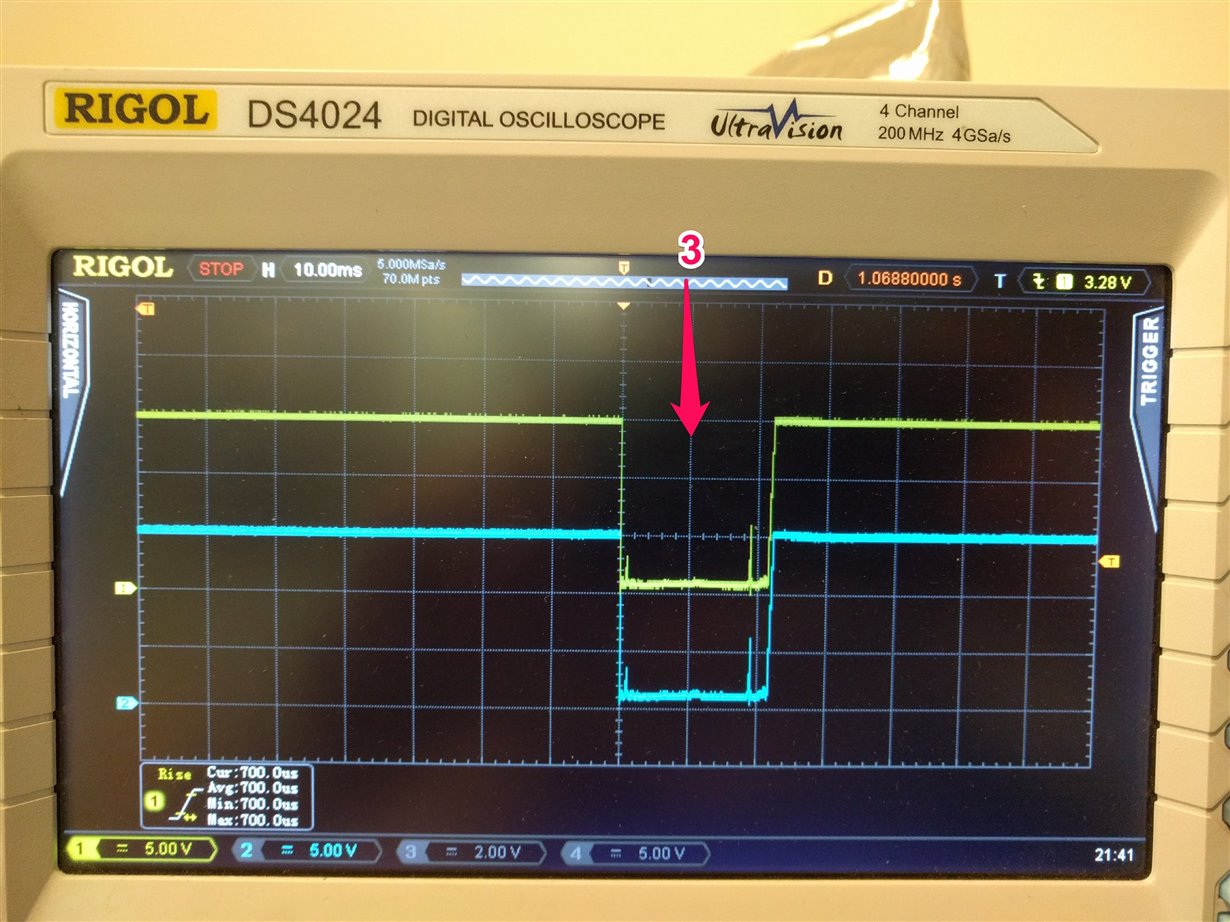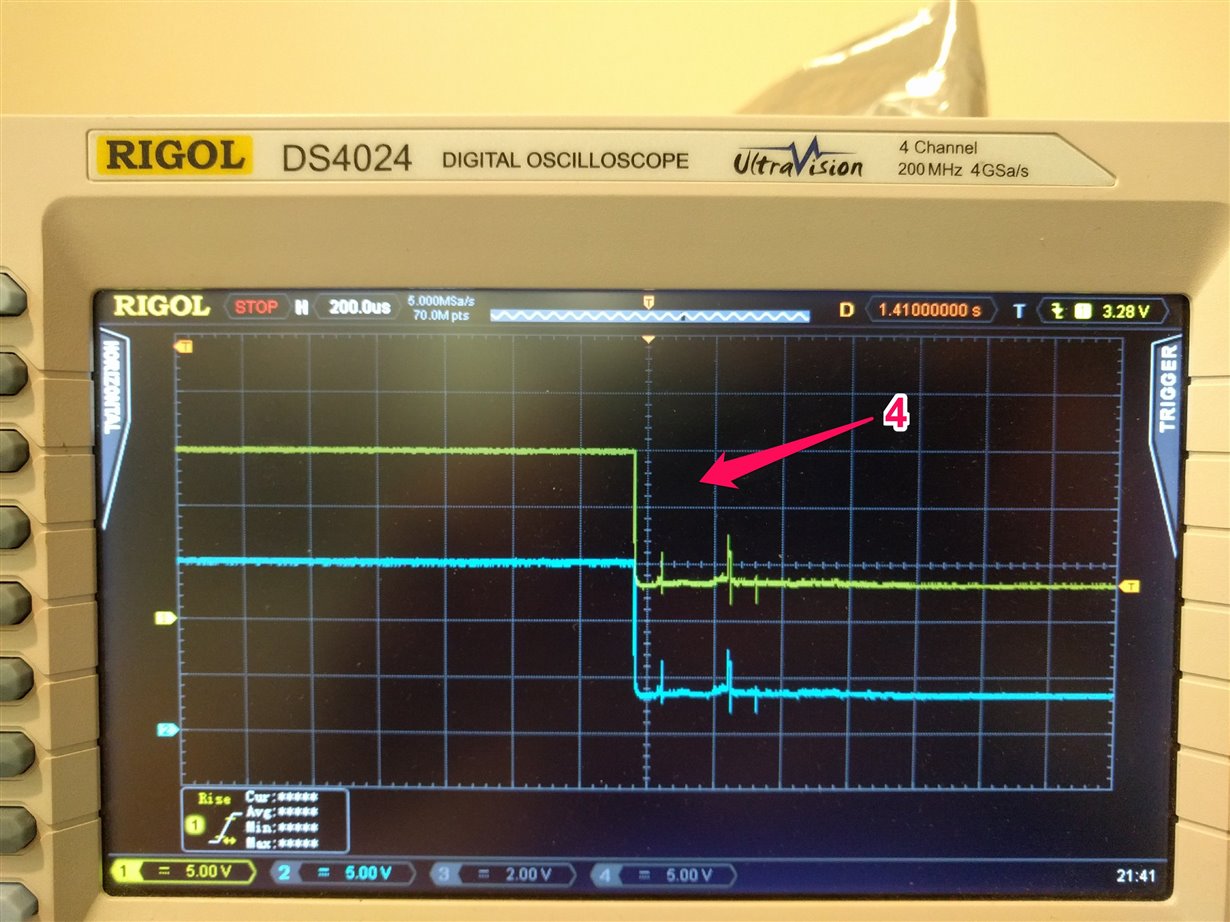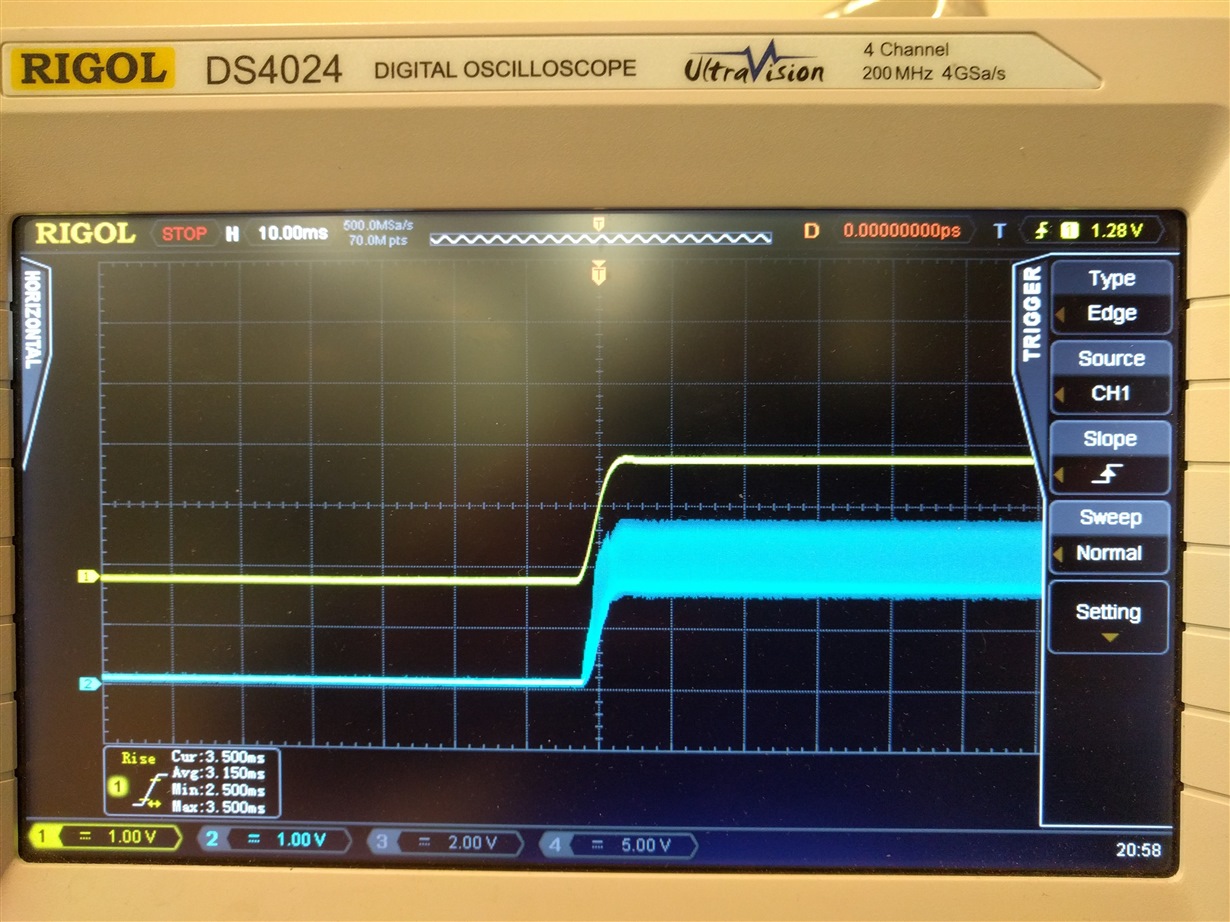Other Parts Discussed in Thread: OPA197
I'm having some issues with the INA195 in the following circuit configuration (there is also a 100nF decoupling capacitor for the INA195 not shown):
Initially, the circuit works as I would expect and I get roughly 20mA for a 2V input to the system. As part of my testing, I repeatably short the output to ensure the circuit can tolerate the fault but after anywhere from once to 10 short events, the INA195 device fails and the output just sits around 0V. This ends up putting the OPA197 in current limit as it's not getting the required feedback voltage. I can replace the INA195 and the system is operational again.
Any ideas on why this failure may be occurring?


